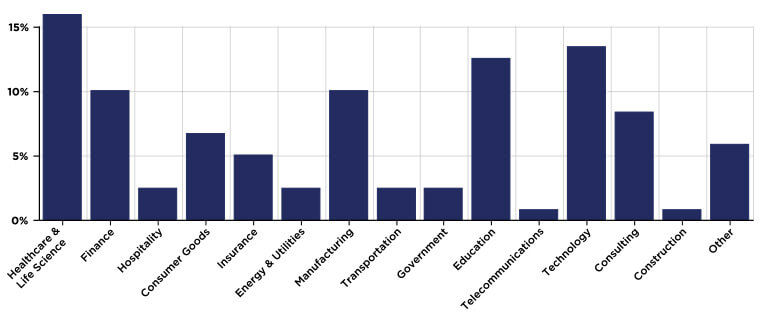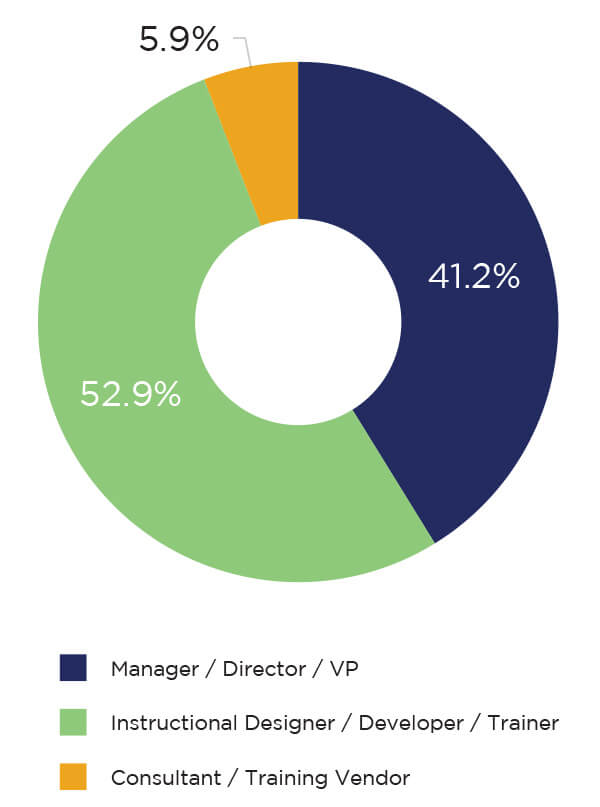Thank you to everyone who recently participated in our Learning Trends Survey. We had 119 respondents from a wide variety of industries and many thoughtful responses to the open-ended questions.
We used the survey results to create our 2018 Learning Trends Report. Our goal was simple: find out what knowledge and skills trainers find most important for their learners, what challenges they face when providing training, and how they plan to deliver training in 2018.
Our report presents and summarizes the results. Then, Sharon Boller and I offer seven takeaways from the data. You can access the report here.
About the Learning Trends Report
This report is simply a snapshot. It represents the opinions of our clients and email newsletter subscribers over a two week period of time in December 2017.
That being said, the results certainly align with the anecdotal evidence we see as we work with clients.
While some survey questions were “select all that apply,” most were open-ended so participants could share their perspectives without being influenced by the answer choices we had created. We took the raw responses and put them into meaningful categories that emerged based on the responses given. If respondents said both “stakeholders” and “lack of time for training” were holding them back, we counted this as one response in each category.
Since we sent the survey to our existing clients and contacts, the breakdown of respondents reflects the industries and company sizes we frequently work with. For example, life science (pharmaceutical, medical device, and biotech) and healthcare companies are over-represented in the results. The majority of respondents work at Fortune 1000 or larger organizations.
A large number of internal trainers at higher education institutions also participated, likely because of their interest in the survey topic.
Otherwise, industry representation was broad and balanced:

More than 41% of respondents were at the manager, director, or VP level in their organization, most of whom are in roles directly related to training, talent, or learning. Nearly 53% of respondents were instructional designers or trainers. The remainder of respondents consider themselves consultants or external vendors.

What’s in the Report
We asked survey participants seven simple questions:
- How often do you get input from your learners as part of your training design process?
- What knowledge and/or skills do the employees you train need to have to be successful in their jobs?
- What challenges do you face when you try to help these employees build the necessary knowledge/skills?
- What methods will you (or your organization) use to deliver training in 2017?
- What learning trend(s) or new training delivery method(s) are you most excited about for 2017?
- What emerging learning trends are you most excited about beyond 2018?
- If you could improve ONE thing about learning & development and/or training at your organization in 2017, what would it be?
The 2018 Learning Trends Report
Download the 2018 Learning Trends Report to view the results and analysis of our Learning Trends Survey.
Download Report



